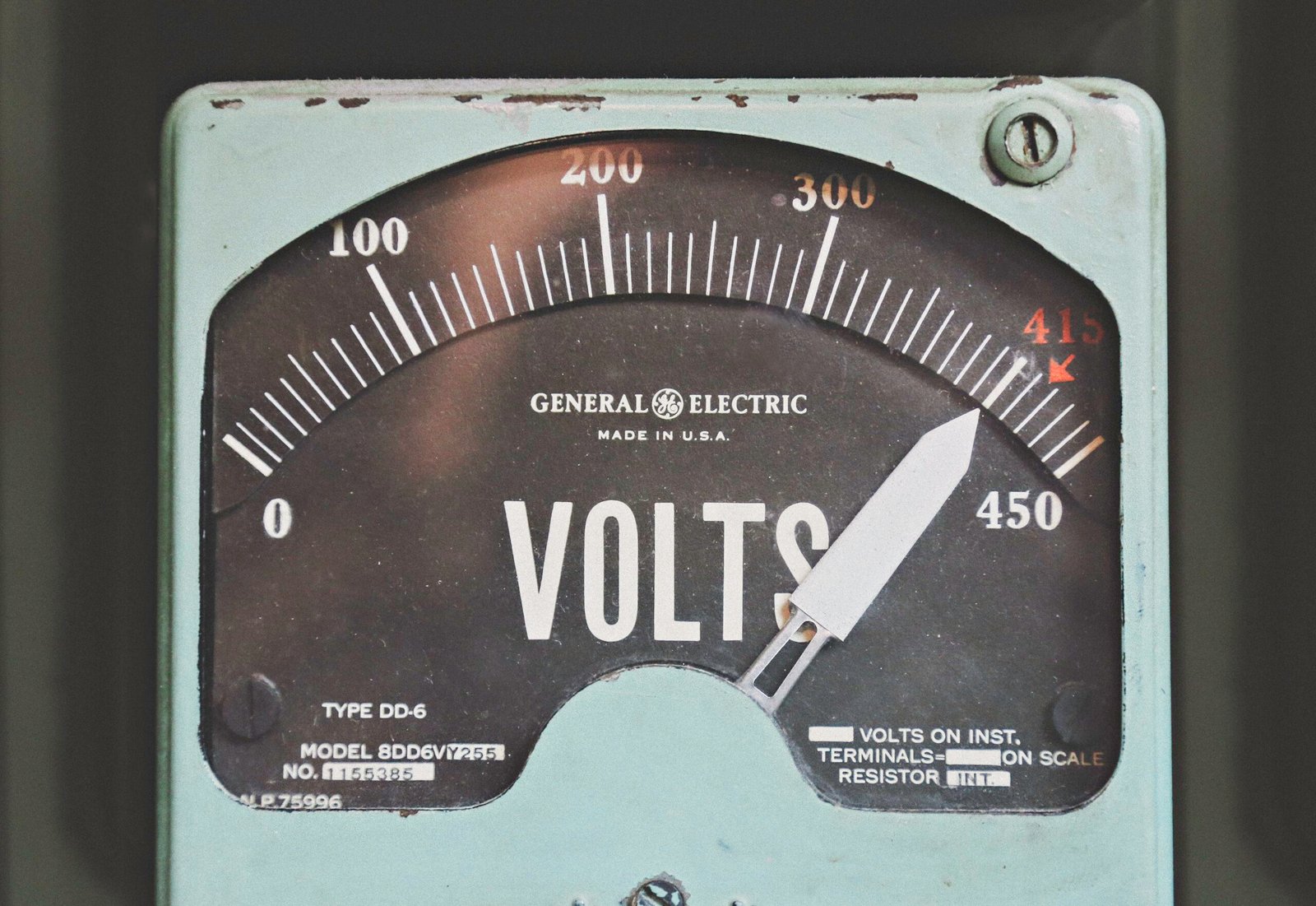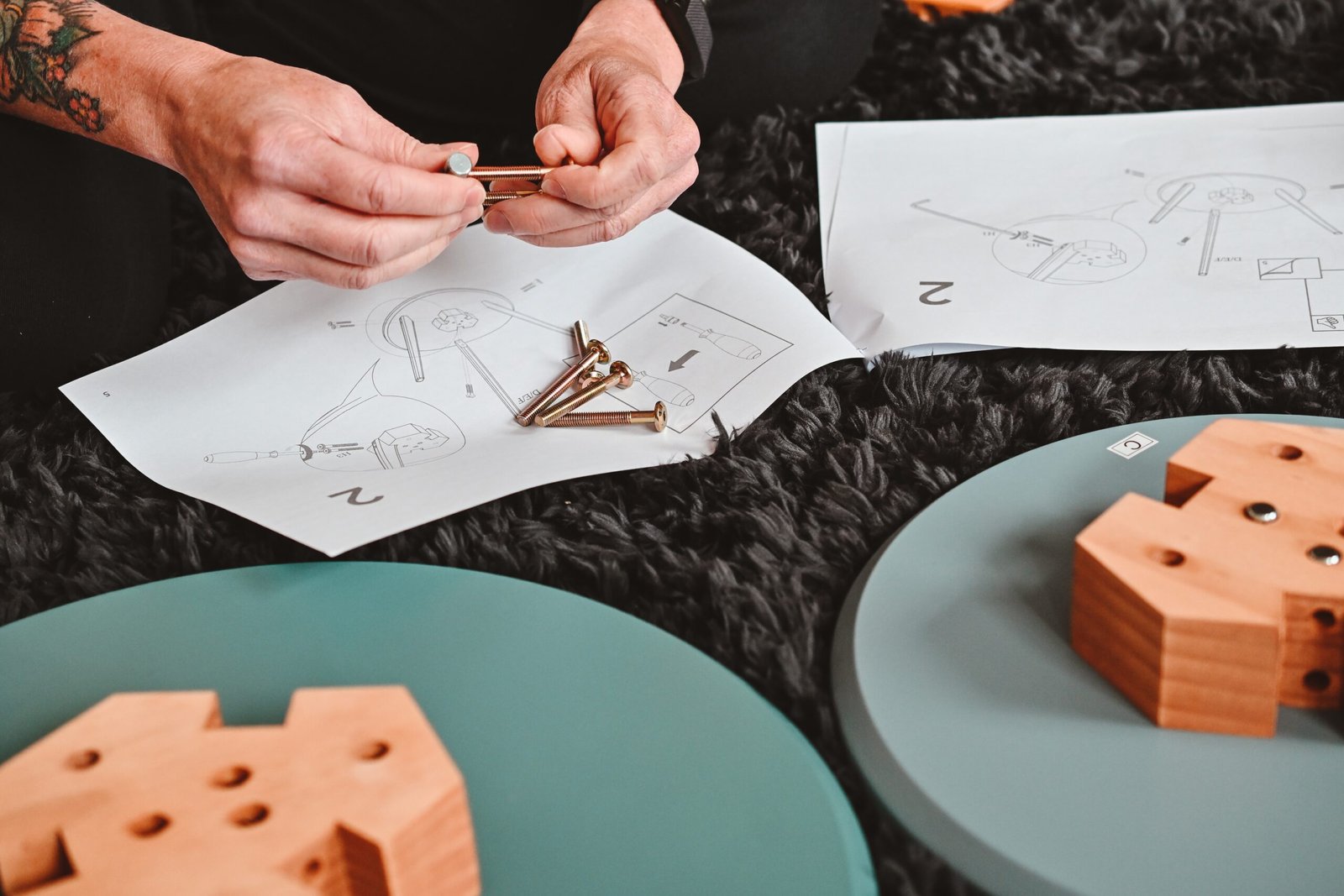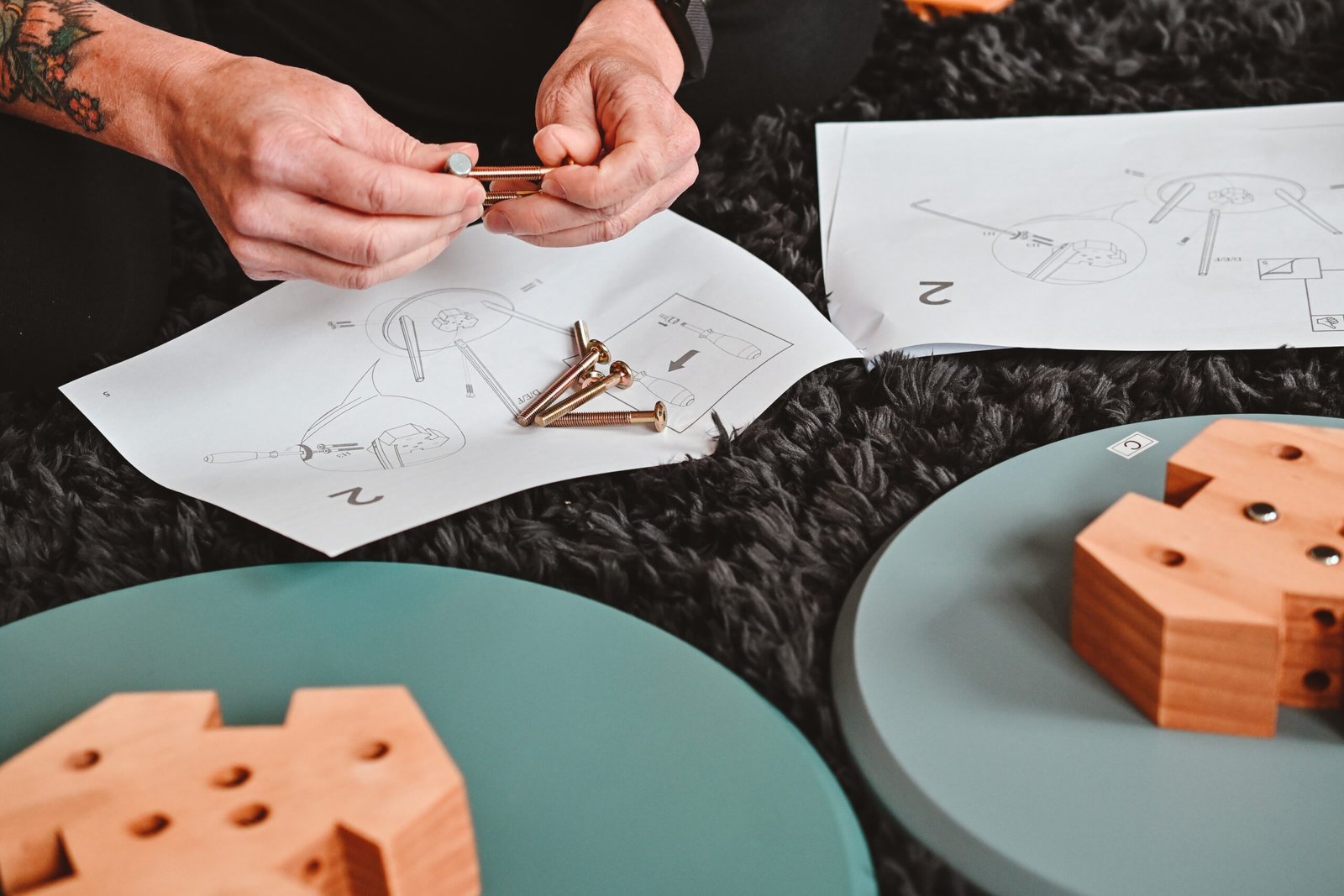So you’ve just purchased an electric scooter and you’re wondering whether you can switch up the handlebar grips to suit your personal style and comfort? Well, great news – you absolutely can! Whether you’re looking to upgrade to a more ergonomic grip or simply want to add a touch of personality to your ride, replacing the handlebar grips on your electric scooter is a quick and easy process. In this article, we’ll take a closer look at the benefits of switching out your grips and provide you with some handy tips to ensure a seamless replacement. Get ready to make your scooter truly yours!
Benefits of Replacing Handlebar Grips
Improved Comfort and Grip
Replacing the handlebar grips on your electric scooter can greatly enhance your comfort while riding. Over time, the original grips may become worn out, causing discomfort and fatigue in your hands. By replacing them with new grips, you can enjoy a more comfortable and enjoyable ride. Additionally, new grips offer improved grip, which is essential for maintaining control and stability while maneuvering your scooter.
Enhanced Safety and Control
Safety should always be a top concern when it comes to riding any type of vehicle. Replacing your handlebar grips can contribute to a safer riding experience. When your grips are worn out or slippery, it becomes easier for your hands to slip off the handlebars, leading to a loss of control and potential accidents. By installing new grips, you can ensure a secure and firm grip on your electric scooter’s handlebars, reducing the risk of accidents and improving your overall safety.
Understanding Handlebar Grips
Types of Handlebar Grips
Handlebar grips come in various types, each offering unique features and benefits. The most common types include foam grips, rubber grips, and ergonomic grips. Foam grips are lightweight and provide excellent shock absorption, making them ideal for off-road or bumpy terrain. Rubber grips are durable, affordable, and suitable for most riding conditions. Ergonomic grips are specially designed to provide maximum comfort and reduce hand fatigue by offering better support for your hands and wrists.
Materials Used in Handlebar Grips
Handlebar grips are typically made from a variety of materials. The most common materials include rubber, foam, and synthetic compounds. Rubber grips are widely used due to their durability, affordability, and ability to provide a good grip. Foam grips, on the other hand, offer excellent shock absorption properties and are lightweight, making them a popular choice for many riders. Some grips are also made from synthetic compounds that provide a balance between durability, comfort, and grip.
Common Sizes of Handlebar Grips
Handlebar grips come in different sizes to accommodate various types of handlebars. The most common sizes are 22.2mm (7/8 inch) and 25.4mm (1 inch). It is essential to determine the correct size of your handlebar before purchasing new grips to ensure a proper fit. Choosing the right size will prevent the grips from slipping or being too loose, which could compromise your control and safety while riding your electric scooter.

Signs That You Need to Replace Handlebar Grips
Worn Out Grips
One of the most apparent signs that you need to replace your handlebar grips is when they are worn out. Over time, constant use and exposure to the elements can cause the grips to deteriorate, resulting in a less comfortable ride. If you notice any significant wear, such as flat spots, tears, or exposed inner layers, it is time to replace them. Worn-out grips not only affect your comfort but also compromise your grip and control over the handlebars.
Slippery Grips
When your handlebar grips become slippery, it becomes challenging to maintain a firm hold on the handlebars. This can be due to the accumulation of dirt, grease, or sweat on the grips. Slippery grips can lead to accidents as your hands are more likely to slide off the handlebars while riding. If you find yourself constantly readjusting your grip or experiencing slips, it is a strong indicator that you need to replace your handlebar grips for improved safety and control.
Cracked or Torn Grips
If your handlebar grips have visible cracks or tears, it is crucial to replace them immediately. Cracked or torn grips not only affect your overall comfort but also compromise the structural integrity of the grips. These defects can cause the grips to split further and potentially break while you are riding, leading to a loss of control and a dangerous situation. Regularly inspect your grips for any signs of cracking or tearing and replace them promptly to ensure your safety.
Loss of Grip
One of the most alarming signs that you need to replace your handlebar grips is when you start to experience a loss of grip. If you find it challenging to hold onto the handlebars or feel that your hands are slipping, it is a clear indication that your grips need to be replaced. Loss of grip can significantly impact your control and stability while riding your electric scooter, increasing the risk of accidents. Replacing your grips will restore the necessary traction and ensure a secure grip for a safer ride.
Steps to Replace Handlebar Grips
Gather the Necessary Tools
Before replacing your handlebar grips, gather the necessary tools to make the process smoother. You will typically need a flathead screwdriver or grip removal tool, grip adhesive (optional), a cleaning cloth, and a razor blade or scissors to remove the old grips.
Remove the Old Grips
Start by loosening the old grips with a flathead screwdriver or using a grip removal tool. Gently slide the tool under the edge of the grip and work your way around, gradually lifting and removing the grip. If the grips are severely worn or damaged, you may need to cut them off using a razor blade or scissors. Be cautious not to damage the handlebars during the removal process.
Prepare the Handlebars
Once the old grips are removed, it is essential to clean and prepare the handlebars for the new grips. Use a cleaning cloth to wipe away any dirt, grease, or adhesive residue from the handlebars. Ensure that the handlebars are dry and free from any debris before proceeding to the next step.
Apply Lubrication (Optional)
If desired, you can apply a small amount of grip adhesive or soapy water to the inside of the new grips before installing them. This will provide additional security and help prevent the grips from slipping or rotating during use. Be cautious not to use too much adhesive, as it can make the grips difficult to remove in the future.
Install the New Grips
Starting at the end of the handlebars, slide the new grips onto the handlebars, making sure they are aligned properly. Apply gentle pressure and work your way up until the grips are fully installed. If you used grip adhesive, allow sufficient time for it to dry and set before riding your electric scooter.

Tips for Replacing Handlebar Grips
Choose the Right Grips
When selecting new handlebar grips, consider the type of riding you will be doing and your personal preferences. Choose grips that are suitable for your riding style, offer the desired level of comfort, and provide adequate grip. Additionally, ensure that the grips are compatible with your electric scooter’s handlebar size for a proper fit.
Ensure Proper Fit
A proper fit is essential for optimal performance and safety. Before purchasing new grips, measure the diameter of your handlebars to determine the correct size. It is crucial to choose grips that fit snugly without being too loose or tight. Grips that are too loose may shift or rotate during use, while grips that are too tight can be difficult to install and may cause damage to the handlebars.
Consider Ergonomics
Ergonomic grips are specially designed to support the natural position of your hands and wrists, reducing fatigue and improving comfort. Consider investing in ergonomic grips if you often experience discomfort or numbness in your hands during rides. These grips can help alleviate stress on the wrists and provide a more comfortable riding experience.
Use Grip Adhesive
Using grip adhesive can provide additional security and prevent the grips from slipping or rotating during rides. However, exercise caution when applying adhesive, as using too much can make it difficult to remove the grips in the future. Follow the manufacturer’s instructions and use a minimal amount to ensure a proper seal without excessive glue residue.
Experiment with Different Grips
Every rider has unique preferences and comfort levels, so don’t be afraid to experiment with different types and brands of grips. Trying out various grips can help you find the perfect fit and style that suits your needs. Keep in mind that different grips may have varying levels of cushioning, grip patterns, and materials, so take the time to explore different options to find the best match for you.
Frequently Asked Questions (FAQs)
How long do handlebar grips typically last?
The lifespan of handlebar grips can vary depending on various factors such as riding conditions, frequency of use, and the quality of the grips. On average, handlebar grips can last anywhere from several months to a few years. However, it is important to regularly inspect your grips for signs of wear and tear and replace them promptly to maintain optimal comfort, grip, and safety.
Can I use any type of grip adhesive?
It is recommended to use grip adhesive specifically designed for handlebar grips. This type of adhesive is formulated to provide a secure bond without damaging the grips or handlebars. Using an adhesive not intended for grips may result in poor adhesion, damage to the grips, or difficulty removing them in the future.
How do I clean my handlebar grips?
To clean your handlebar grips, dampen a cloth with mild soapy water and gently wipe the grips. Rinse off any soap residue and dry the grips thoroughly before riding. Avoid using harsh chemicals or abrasive cleaners, as they can damage the grips and reduce their lifespan.
Can I reuse old grips?
In most cases, it is not recommended to reuse old grips. Over time, grips experience wear and tear, compromising their grip, comfort, and safety. Replacing your grips with new ones is generally the best option to ensure an optimal riding experience. However, if your old grips are still in good condition and fit properly, you may be able to reuse them. Make sure to thoroughly clean and inspect them before reinstalling.

Conclusion
Replacing the handlebar grips on your electric scooter is a simple yet effective way to enhance your comfort, safety, and control while riding. By understanding the various types of grips, materials used, and signs indicating the need for replacement, you can ensure a smooth and enjoyable riding experience. Following the recommended steps and tips can help you replace the grips properly and choose the best grips for your needs. Remember to prioritize safety and regularly inspect and replace worn-out or damaged grips to maintain a secure grip and maximize your electric scooter’s performance.

